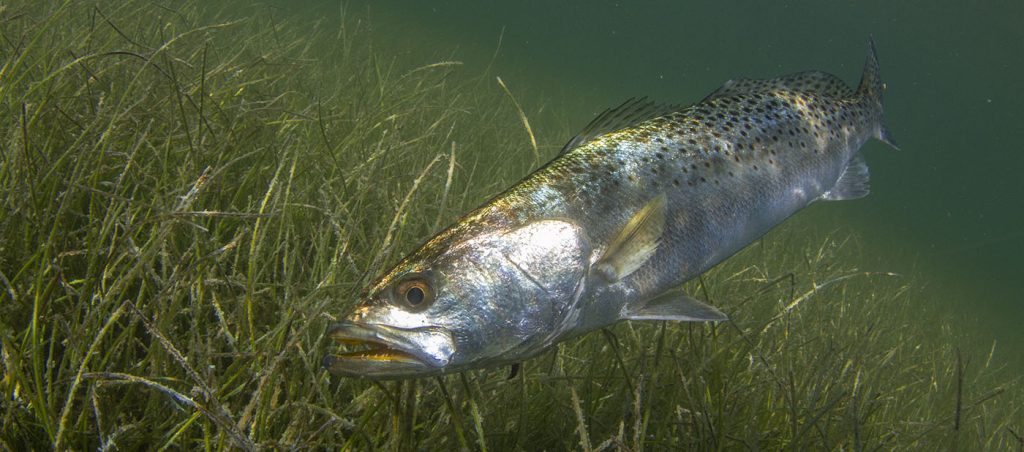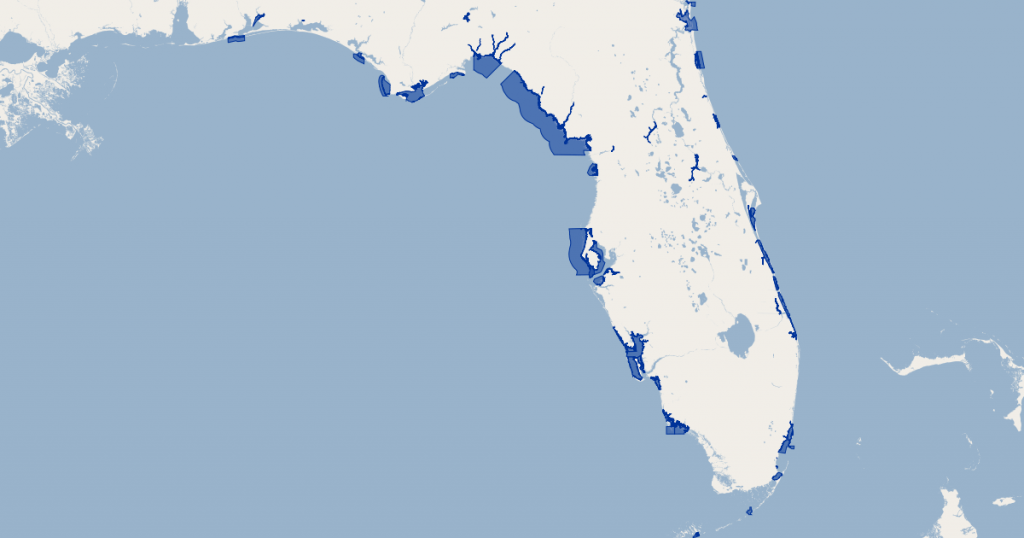Save our Seagrass
Recreational Angling Community Supports Florida Legislation to Create a New Aquatic Preserve

The IGFA has spearheaded a coalition of leading recreational angling and manufacturing organizations including the National Marine Manufacturers Association, the American Sport Fishing Association, Florida Coastal Conservation Association, Captains for Clean Water, Wild Oceans, the Angler Action Foundation, Chittum Skiffs and Maverick Boat Group to support legislation that would create a new Florida Aquatic Preserve.

Although you might think that Aquatic Preserves (APs) restrict fishing access, that’s not the case with Florida’s Aquatic Preserves. Currently there are 41 APs in place around the state of Florida that safeguard over 2.2. million acres of submerged habitat and also allow recreational angling.

 APs safeguard water quality, habitat, recreation and cultural heritage. APs also receive an Outstanding Florida Water Designation, which is the highest level of state protection with the goal of maintaining good water quality. Most importantly, it supports traditional public use such as recreational and commercial fishing, boating and swimming.
APs safeguard water quality, habitat, recreation and cultural heritage. APs also receive an Outstanding Florida Water Designation, which is the highest level of state protection with the goal of maintaining good water quality. Most importantly, it supports traditional public use such as recreational and commercial fishing, boating and swimming.
Currently, there are two Florida bills (HB 1061 and SB 1042) that would establish a new Aquatic Preserve off Citrus, Pasco and Hernando counties. The new Nature Coast Aquatic Preserve would fill a gap between existing APs to the north and south that would protect 400,000 acres of prime seagrass habitat.
Seventy percent of Florida’s recreationally renowned sport fish, such as gag grouper, spotted seatrout, snook, redfish, tarpon, and gray snapper spend at least part of their life cycle within seagrass communities. Unfortunately, Florida has been losing this critical habitat at an alarming rate over the last several decades. As such, the IGFA believes that taking measures to ensure the future of some of Florida’s best remaining seagrass habitat is the right thing to do.
